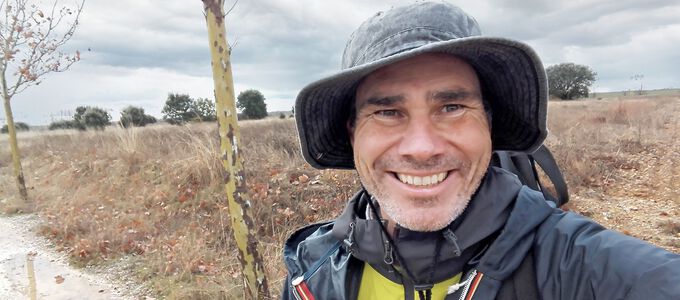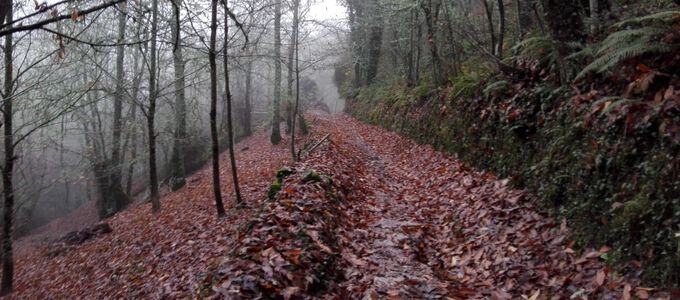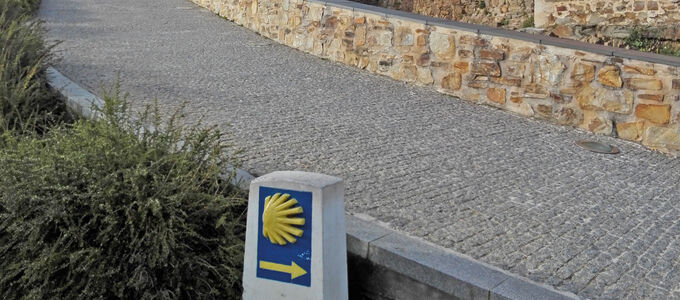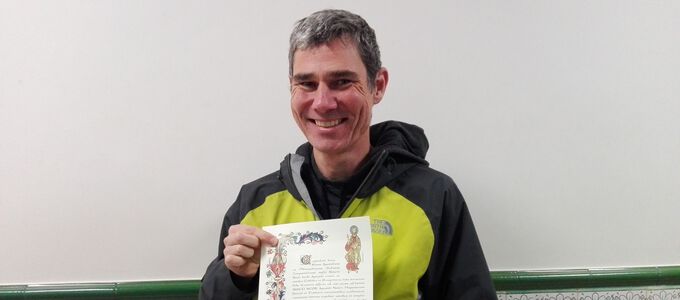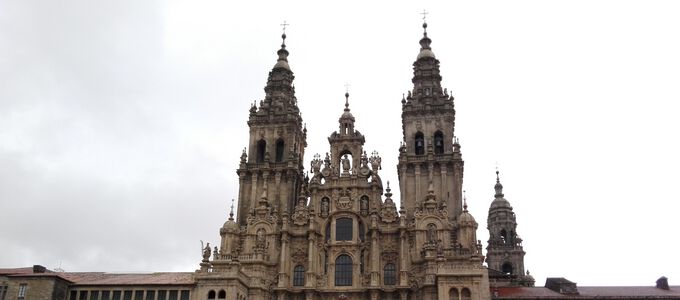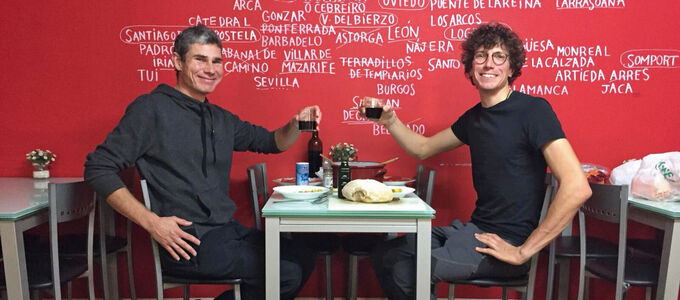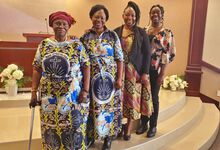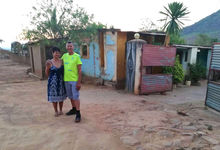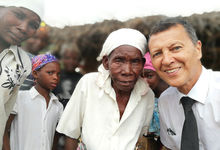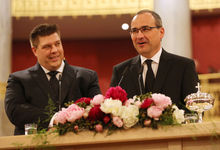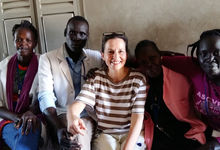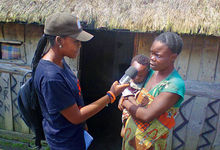A way like life itself
806 kilometres in 25 days—on foot. Priest Marc Sieger (51) from Aidlingen in Germany decided to walk the famous Camino de Santiago. He talks about his experiences on his pilgrimage to Santiago de Compostela in Spain.
In November 2018 you set out on a long hike: you crossed northern Spain from east to west, covering more than 800 kilometres on foot. Was this more than an adventure for you?
This time spent walking through unbelievably beautiful landscapes, along with touching encounters with people, and plenty of time for my own thoughts had a deep and lasting impact on me. I often felt the way to be like life itself. The warming rays of the sun and wonderful views alternated with cold, lashing rain, and steep inclines. Euphoria and overwhelming happiness often followed closely upon despondency, sadness, and thoughts of giving up.
The route you took has been a UNESCO World Heritage Site since 1993 and holds special significance for Catholics as the Camino de Santiago. What gave you the idea to walk the Camino?
II needed time all to myself—just me, myself, and God. I had been involved with music and pastoral care in our Church for many years and always with great joy. Of course, I also wanted to be there for my family. And my job demanded energy and time too. The balancing act of trying to do justice to everything and everyone made me feel as though I was missing out myself now and then and that I was neglecting my own wishes and needs. In the course of 2018 then, I really felt that I urgently needed to take time out.
It was not a long-standing dream to walk the Camino. As a matter of fact, it was a spontaneous thought that came to me after a concert I had organised for the youth choir. I thought it might be good to set out for Santiago de Compostela and reflect on the events of the year, let them linger, and rediscover my own inner world.
What is such a pilgrimage like?
You carry everything you need in your backpack. You reduce your possessions to a minimum. I was surprised how good that works. You set out, follow the symbols with the yellow scallop shell, let your thoughts run free, and take in the surroundings with all your senses. I often stopped in churches and chapels along the way and used the silence and quiet for a prayer. A pilgrimage is far more than merely walking. It is a spiritual and mental commitment you make to hit the road and be prepared to dare and try something new and leave the old things behind. And there is one goal that unites all Camino pilgrims in a special way: reaching Santiago de Compostela.
What kind of people did you meet along the way?
I met pilgrims from all over the world. There was Diego, a young Spaniard. He was my first Camino angel on day one. I was completely exhausted when I came across him on the steep ascent into the Pyrenees Mountains enroute to Roncesvalles. Then there was Adam from Manchester, a skilled marathon runner, who asked me questions about Christianity, God, and the Bible. Or there was Vincent from Venezuela, a lawyer and musician, who told me about the terrible situation in Venezuela. These were often just a few moments during a break or when we had dinner together in our accommodation. There were so many interesting conversations and one or the other special impetus. I was also lucky to come across two companions with whom I was able to walk together for a few days. Already on one of the first stages of the Camino I met Aneta, a Polish woman who lives in Ireland. Together we covered long stages with sometimes more than 40 kilometres in one day. Unfortunately, she had to cut short her pilgrimage because of foot problems. That was sad. And then there was Stefano, a young Italian from Piemont, with whom I walked the last stage to Santiago de Compostela. A deep friendship developed with Aneta and Stefano, one that continues to this day.
What were your most impressive experiences?
The most beautiful and impressive experience was the 1,500-metre ascent to the highest point of my Camino route. From the Monte Irago I enjoyed a breathtaking view of snow-covered mountain peaks all around. This is the spot where the Cruz de Ferro, or Iron Cross, is mounted on a wooden pole. Since the Middle Ages, pilgrims have been carrying a stone from their place of origin with them and depositing it on the mound that has formed over the years. The stones signify burdens, cares, break-ups, mistakes, and sins in the lives of the people, who then leave them behind. Aneta, my companion, who had to cut short her pilgrimage, had given me her stone so that I could deposit it for her at the Cruz de Ferro. That was very special.
Formative for me was a visit to a cemetery on my sixth stage. The fate of a little boy who had only lived for a few days touched me deeply. His fate occupied me until the end of the pilgrimage. Even today I still think of him and intercede for him in prayer.
What did you gain from your pilgrimage?
In addition to all the experiences and impressions, I gained the certainty that in life there is always a path one can take—no matter how difficult or hopeless a situation may seem. There is a saying among Camino pilgrims: “The Camino provides what you need.” I know that my God provides me with what I need.
What has changed in your life since then, or what are you doing differently now?
My trust and confidence in God’s help, in His nearness as a companion on my path of life, has grown and I experienced a deepened and renewed relationship with God. I deal with difficult situations more calmly today. But maybe you should be asking my family this question, who may see things differently from time to time.
Article info
Author:
Date:
Keywords:
Dinara Ganzer
21.06.2022
Germany,
Congregational life,
People/Personalities


